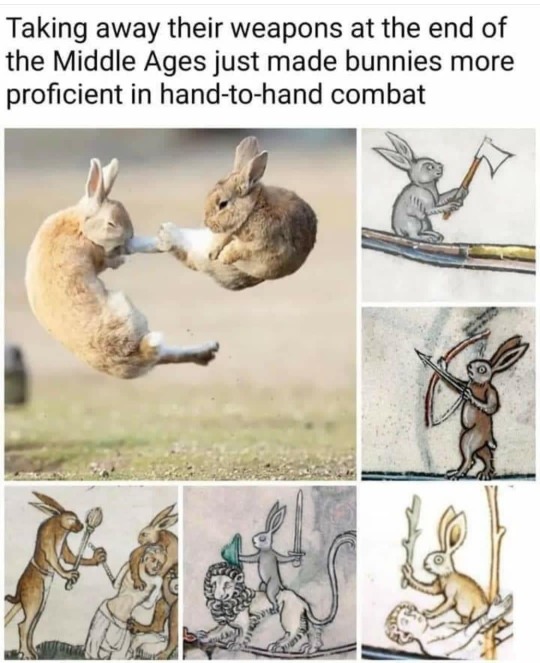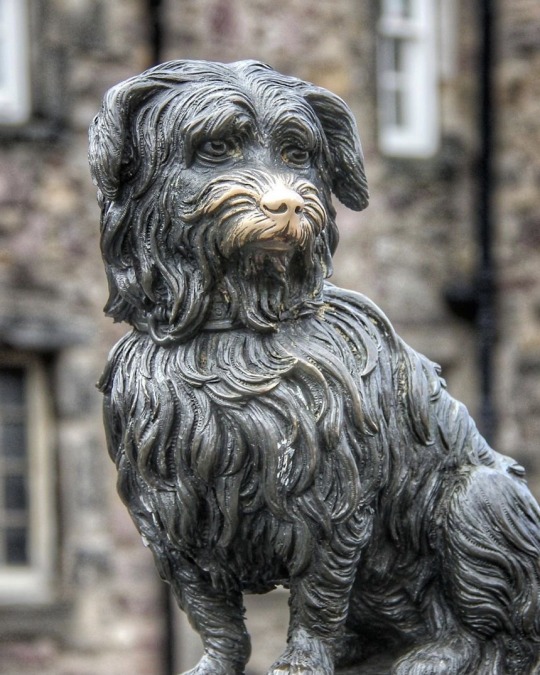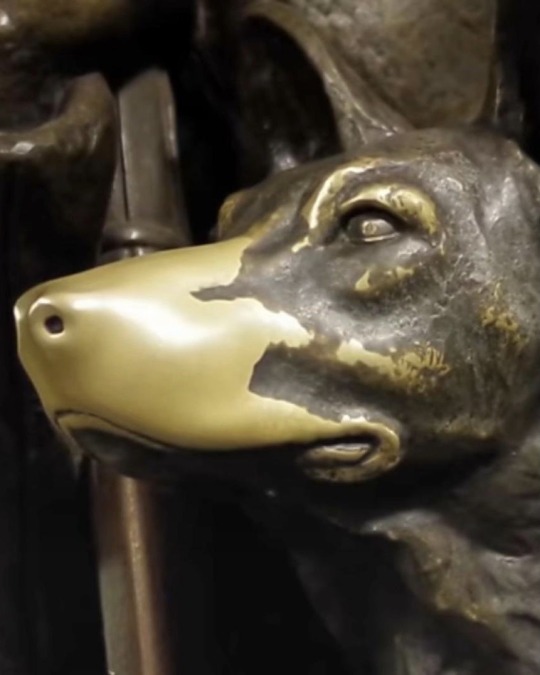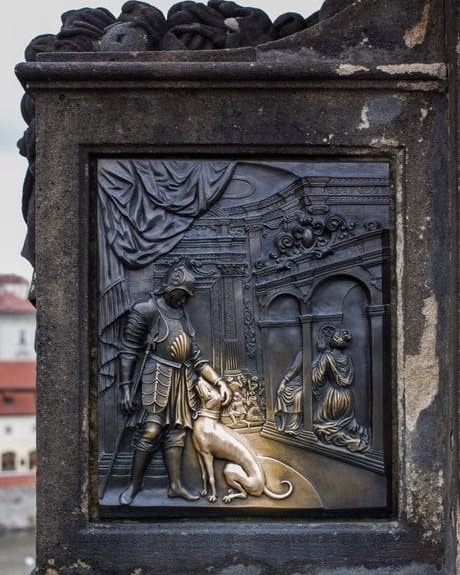#History of anime
Explore tagged Tumblr posts
Text

#code geass#obscure japanese studies reference#history of anime#it's a joke#but there are discussions on that#i think even the author was aware of it#and dismissed
3 notes
·
View notes
Text
Sara Crewe debuted in Japan in 1985.

#world masterpiece theater#a little princess sara#nippon animation#princess sara#princess sarah#a little princess sarah#1985#anime#History#History of anime#fuji tv
4 notes
·
View notes
Text




















Cats Stealing Food in Paintings
Still Life with Cat (1705) by Desportes, It's no use crying over spilt milk (1880) by Frank Paton, Still Life of the Remnants of a Meal with a Lunging Cat (18th Century) by Alexandre-François Desportes, Fish Still Life with Two Cats (1781) by Martin Ferdinand Quadal, Still Life with a Cat and a Mackerel on a Table Top (18th Century) by Giovanni Rivalta, The Collared Thief (1860) by William James Webbe, Cat Stealing a String of Sausages (17th Century) by Abraham van Beyeren, Still Life with a Cat (1760) by Sebastiano Lazzari, Kitchen Still Life with Fish and Cat (ca. 1650) by Sebastian Stoskopff, An Oyster Supper (1882) by Horatio Henry Couldery, Still Life with an Ebony Chest (17th Century) by Frans Snyders, Still Life with a Cat (1724) by Alexandre-Francois Desportes, A Cat Attacking Dead Game (18th Century) by Alexandre-François Desportes, Still Life of Fresh-Water Fish with a Cat (1656) by Pieter Claesz, Still Life with Fruits and Ham with a Cat and a Parrot (18th Century) by Alexandre-Francois Desportes, A Cat Holding a Fish in Its Mouth (18th Century) by Sebastiano Lazzari, Still Life with a Cat and a Hare (18th Century) by Desportes, Still Life with Cat and Rayfish (1728) by Jean-Siméon Chardin, A Cat with Dead Game (1711) by Alexandre-Francois Desportes, Still Life with Cat and Fish (1728) by Jean Baptiste Siméon Chardin
Via James Lucas on X/Twitter
#cat#cats#art#artist#artblr#painting#oil on canvas#oil painting#artists#classical art#animals#pet#pets#cute#wholesome#funny#classic academia#historical painting#historical art#art history#renaissance art#renaissance#renaissance painting#paintings#fine art#art gallery#art community#art blog#kitten#kittens
22K notes
·
View notes
Text
i learned that there's a Japanese beetle that when eaten by a frog will haul ass through its digestive system and escape out the back end unscathed (x)

101K notes
·
View notes
Text
if you’re gonna introduce me to something new you have to defeat my 7 evil ex hyperfixations
#bleating#1k#10k#for anyone curious what my seven are: warrior cats animal crossing dimension 20 minecraft puppet history lego monkie kid & captain laserhaw#and the something new my friends are introducing me to is metalocalypse#50k
55K notes
·
View notes
Text






¨ANTEDILUVIAN¨ gifs
Antediluvian is a short animated film in commemorative homage to Classic Paleoart and the earliest Paleontologists. Exactly 200 years ago was the first dinosaur formally described.
Full short film now available at Youtube/MarioLanzas.
__
Youtube channel
Instagram
Prints and more paleomerch
#paleoart#natural history#animation#retrosaurs#vintage dinosaurs#2d animation#dinosaurs#XIX century#paleontology#antediluvian#crystal palace dinosaurs#victorian era#victorian dinosaurs#gothic
17K notes
·
View notes
Text

Peek-a-boo! Have you ever seen the granulate shellback crab (Hypoconcha arcuata)? Growing about 0.6 in (1.4 cm) long, this unusual-looking crustacean inhabits coastlines along parts of the western Atlantic, with a range that includes parts of the United States, Mexico, and Brazil. Unlike hermit crabs—which hide inside their chosen shells—this critter uses its posterior legs to secure shells onto its back, often shouldering pieces larger than its own body, as a defense against foes.
Photo: Austin Smith, CC BY 4.0, iNaturalist
#science#nature#natural history#animals#fact of the day#did you know#cool animals#marine biology#marine biodiversity#crabs#crustacean#fun facts#animal facts#ocean life
5K notes
·
View notes
Text
An archivist found a long forgotten 8mm film reel in an old metal box, marked "Philippines 1942". Thinking it was lost WWII footage, he sent it in to be restored/digitized. When he got the footage back, he found puppies instead
133K notes
·
View notes
Text
2,300-Year-Old Plush Bird from the Altai Mountains of Siberia, c.400-300 BCE: this figure was crafted with a felt body and reindeer-fur stuffing, all of which remains intact

This plush bird was sealed within the frozen barrows of Pazyryk, Siberia, for more than two millennia, where a unique microclimate enabled it to be preserved. The permafrost ice lense formation that runs below the barrows provided an insulating layer, preventing the soil from heating during the summer and allowing it to quickly freeze during the winter; these conditions produced a separate microclimate within the stone walls of the barrows themselves, thereby aiding in the preservation of the artifacts inside.
This is just one of the many well-preserved artifacts that have been found at Pazyryk. These artifacts are attributed to the Scythian/Altaic cultures.
Currently housed at the Hermitage Museum.
#archaeology#anthropology#history#artifact#artifacts#siberia#scythians#archeology#museum#amazing#interesting#stuffed animals#ancient history#prehistoric#crafting#felt art#art#prehistoric art#hermitage museum#human nature
68K notes
·
View notes
Text

18K notes
·
View notes
Text
History of Anime
Anime, or Japanese animation, has become a major part of global pop culture today. However, its origins date back to the early 20th century.
In the pre-World War II era, Japan began experimenting with animation techniques as early as 1907. The first known Japanese animation was three short films by Oten Shimokawa. In 1917, the first professional animated film called Namakura Gatana was released. During the 1920s and 30s, animation was promoted by the government as propaganda. Artists were commissioned to create animations that supported Japanese nationalism and militarism leading up to WWII.
One major propaganda film was Momotaro's Divine Sea Warriors directed by Mitsuyo Seo in 1945. It featured Momotaro, a popular Japanese folk hero, on a mission to defeat British forces. Such films aimed to inspire Japanese citizens to support the war effort.
After Japan's defeat in 1945, the occupying American forces introduced Disney cartoons and Hollywood films to the country. This influenced Japanese animators to develop their own post-war style of animation.
A pioneer was Osamu Tezuka, known as the "Godfather" of anime. In 1963, he created Astro Boy, about a powerful robot with superhuman powers. It was the first popular animated Japanese TV series that embodied typical anime elements like large eyes and stylized art. This marked the beginning of anime's rise to an international phenomenon.
The 1970s saw the exploration of more mature themes like environmental issues and sexuality in anime films. One example is Nausicaa of the Valley of the Wind (1984) by Hayao Miyazaki, co-founder of the famous Studio Ghibli. The film featured a brave young princess set in a post-apocalyptic world.
History of Anime
0 notes
Text
History of Anime
Anime, or Japanese animation, has become a major part of global pop culture today. However, its origins date back to the early 20th century.
In the pre-World War II era, Japan began experimenting with animation techniques as early as 1907. The first known Japanese animation was three short films by Oten Shimokawa. In 1917, the first professional animated film called Namakura Gatana was released. During the 1920s and 30s, animation was promoted by the government as propaganda. Artists were commissioned to create animations that supported Japanese nationalism and militarism leading up to WWII.
One major propaganda film was Momotaro's Divine Sea Warriors directed by Mitsuyo Seo in 1945. It featured Momotaro, a popular Japanese folk hero, on a mission to defeat British forces. Such films aimed to inspire Japanese citizens to support the war effort.
After Japan's defeat in 1945, the occupying American forces introduced Disney cartoons and Hollywood films to the country. This influenced Japanese animators to develop their own post-war style of animation.
A pioneer was Osamu Tezuka, known as the "Godfather" of anime. In 1963, he created Astro Boy, about a powerful robot with superhuman powers. It was the first popular animated Japanese TV series that embodied typical anime elements like large eyes and stylized art. This marked the beginning of anime's rise to an international phenomenon.
The 1970s saw the exploration of more mature themes like environmental issues and sexuality in anime films. One example is Nausicaa of the Valley of the Wind (1984) by Hayao Miyazaki, co-founder of the famous Studio Ghibli. The film featured a brave young princess set in a post-apocalyptic world.
History of Anime
0 notes
Text




Dog sculptures turned golden from tourists petting them throughout the years
#sculpture#sculptures#art#architecture#classic academia#dark academia#art blog#dogs#traveling#travelcore#travel aesthetic#animals#art history#museumcore#wholesome#dog#museum aesthetic#artist#artblr#art community#classical art#artists#academia aesthetic#aesthetic#pets#pet
44K notes
·
View notes
Text
History of Anime
Anime, or Japanese animation, has become a major part of global pop culture today. However, its origins date back to the early 20th century.
In the pre-World War II era, Japan began experimenting with animation techniques as early as 1907. The first known Japanese animation was three short films by Oten Shimokawa. In 1917, the first professional animated film called Namakura Gatana was released. During the 1920s and 30s, animation was promoted by the government as propaganda. Artists were commissioned to create animations that supported Japanese nationalism and militarism leading up to WWII.
One major propaganda film was Momotaro's Divine Sea Warriors directed by Mitsuyo Seo in 1945. It featured Momotaro, a popular Japanese folk hero, on a mission to defeat British forces. Such films aimed to inspire Japanese citizens to support the war effort.
After Japan's defeat in 1945, the occupying American forces introduced Disney cartoons and Hollywood films to the country. This influenced Japanese animators to develop their own post-war style of animation.
A pioneer was Osamu Tezuka, known as the "Godfather" of anime. In 1963, he created Astro Boy, about a powerful robot with superhuman powers. It was the first popular animated Japanese TV series that embodied typical anime elements like large eyes and stylized art. This marked the beginning of anime's rise to an international phenomenon.
The 1970s saw the exploration of more mature themes like environmental issues and sexuality in anime films. One example is Nausicaa of the Valley of the Wind (1984) by Hayao Miyazaki, co-founder of the famous Studio Ghibli. The film featured a brave young princess set in a post-apocalyptic world.
History of Anime
0 notes
Text
History of Anime
Anime, or Japanese animation, has become a major part of global pop culture today. However, its origins date back to the early 20th century.
In the pre-World War II era, Japan began experimenting with animation techniques as early as 1907. The first known Japanese animation was three short films by Oten Shimokawa. In 1917, the first professional animated film called Namakura Gatana was released. During the 1920s and 30s, animation was promoted by the government as propaganda. Artists were commissioned to create animations that supported Japanese nationalism and militarism leading up to WWII.
One major propaganda film was Momotaro's Divine Sea Warriors directed by Mitsuyo Seo in 1945. It featured Momotaro, a popular Japanese folk hero, on a mission to defeat British forces. Such films aimed to inspire Japanese citizens to support the war effort.
After Japan's defeat in 1945, the occupying American forces introduced Disney cartoons and Hollywood films to the country. This influenced Japanese animators to develop their own post-war style of animation.
A pioneer was Osamu Tezuka, known as the "Godfather" of anime. In 1963, he created Astro Boy, about a powerful robot with superhuman powers. It was the first popular animated Japanese TV series that embodied typical anime elements like large eyes and stylized art. This marked the beginning of anime's rise to an international phenomenon.
The 1970s saw the exploration of more mature themes like environmental issues and sexuality in anime films. One example is Nausicaa of the Valley of the Wind (1984) by Hayao Miyazaki, co-founder of the famous Studio Ghibli. The film featured a brave young princess set in a post-apocalyptic world.
History of Anime
0 notes
Text
History of Anime
Anime, or Japanese animation, has become a major part of global pop culture today. However, its origins date back to the early 20th century.
In the pre-World War II era, Japan began experimenting with animation techniques as early as 1907. The first known Japanese animation was three short films by Oten Shimokawa. In 1917, the first professional animated film called Namakura Gatana was released. During the 1920s and 30s, animation was promoted by the government as propaganda. Artists were commissioned to create animations that supported Japanese nationalism and militarism leading up to WWII.
One major propaganda film was Momotaro's Divine Sea Warriors directed by Mitsuyo Seo in 1945. It featured Momotaro, a popular Japanese folk hero, on a mission to defeat British forces. Such films aimed to inspire Japanese citizens to support the war effort.
After Japan's defeat in 1945, the occupying American forces introduced Disney cartoons and Hollywood films to the country. This influenced Japanese animators to develop their own post-war style of animation.
A pioneer was Osamu Tezuka, known as the "Godfather" of anime. In 1963, he created Astro Boy, about a powerful robot with superhuman powers. It was the first popular animated Japanese TV series that embodied typical anime elements like large eyes and stylized art. This marked the beginning of anime's rise to an international phenomenon.
The 1970s saw the exploration of more mature themes like environmental issues and sexuality in anime films. One example is Nausicaa of the Valley of the Wind (1984) by Hayao Miyazaki, co-founder of the famous Studio Ghibli. The film featured a brave young princess set in a post-apocalyptic world.
History of Anime
0 notes